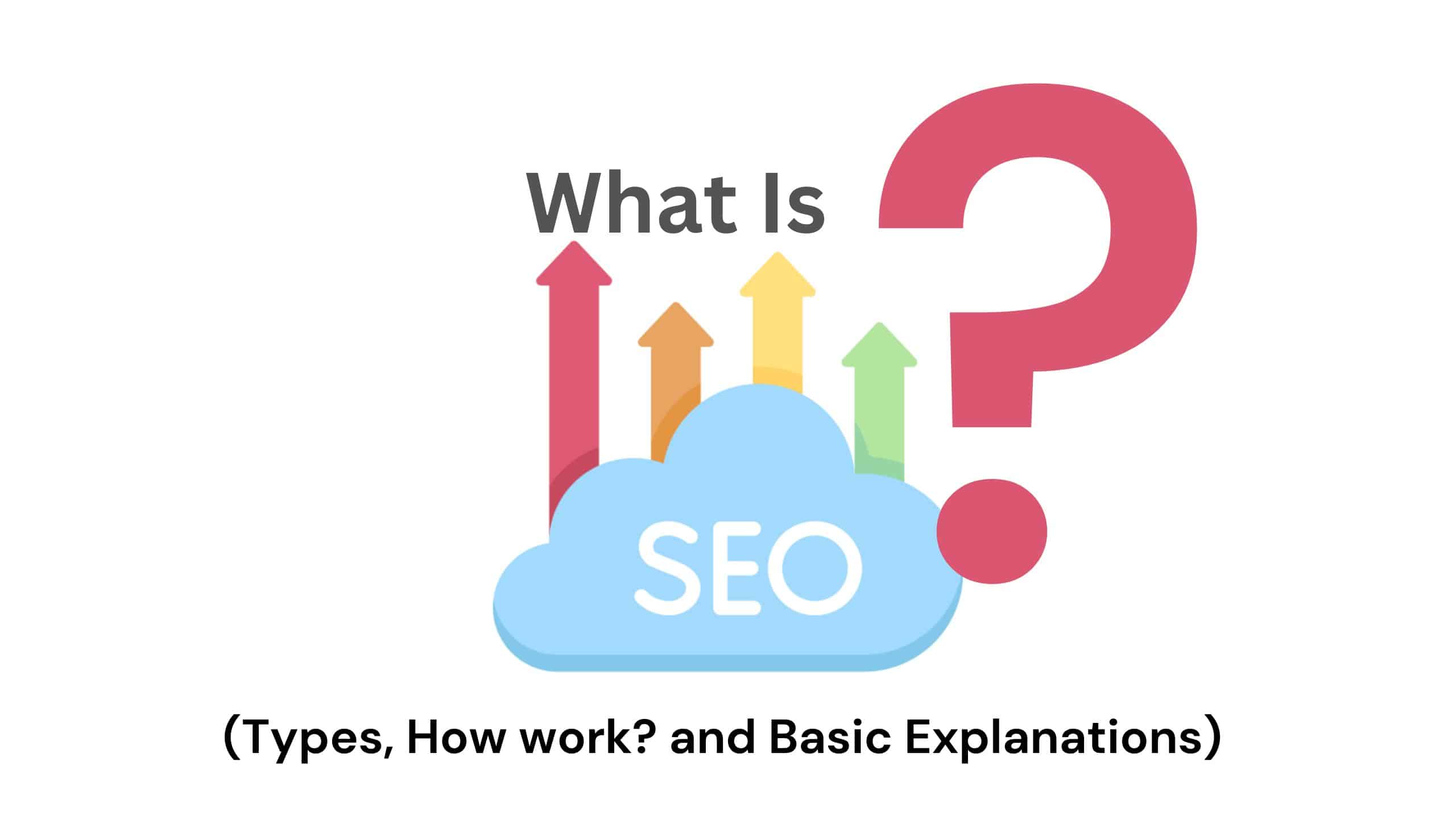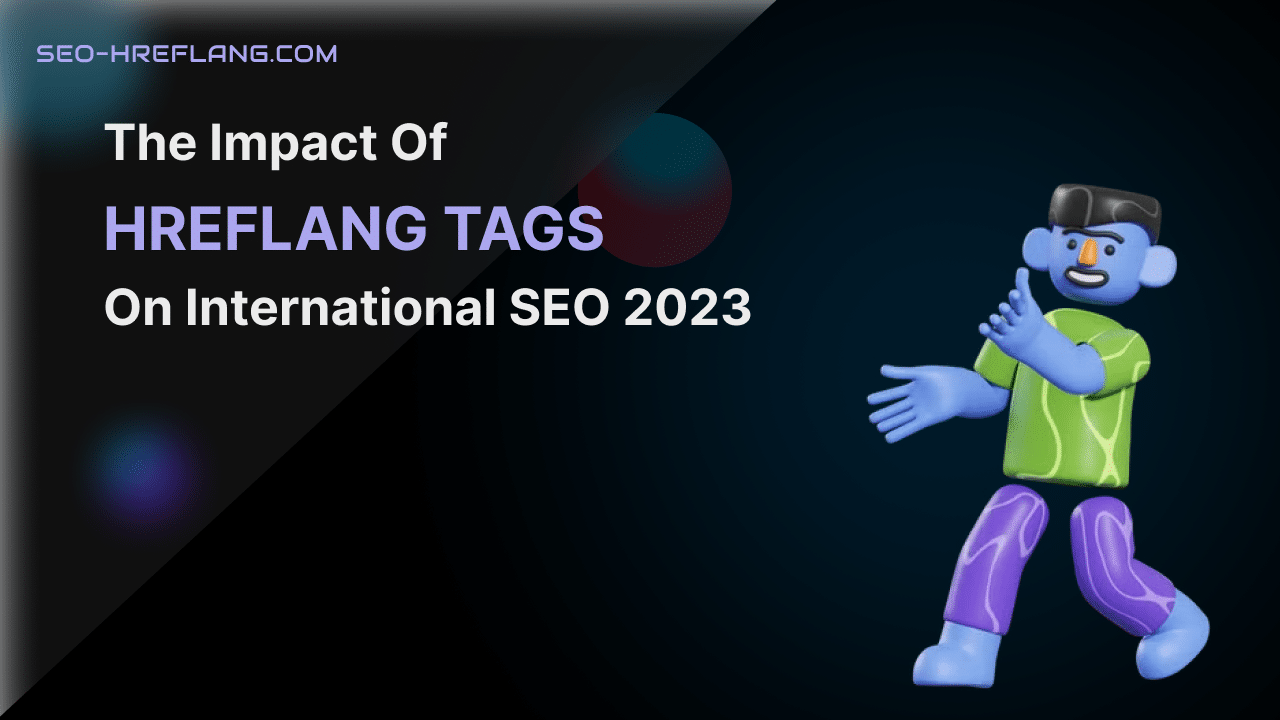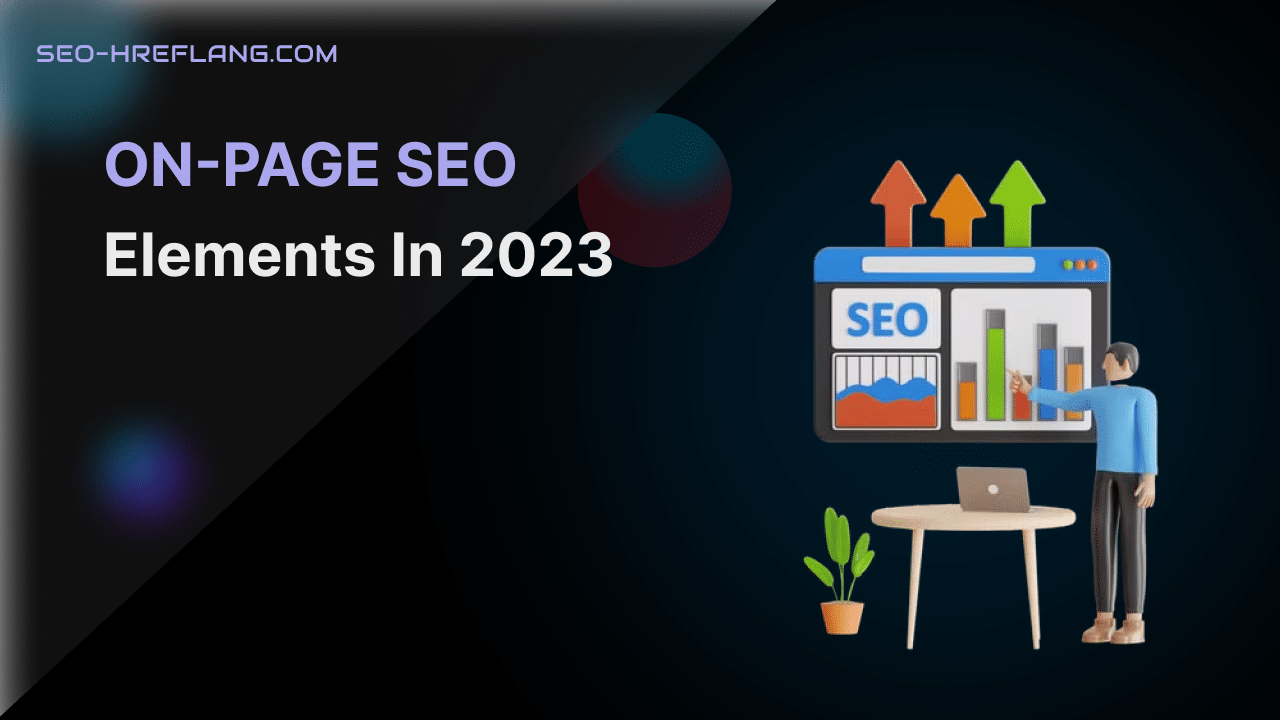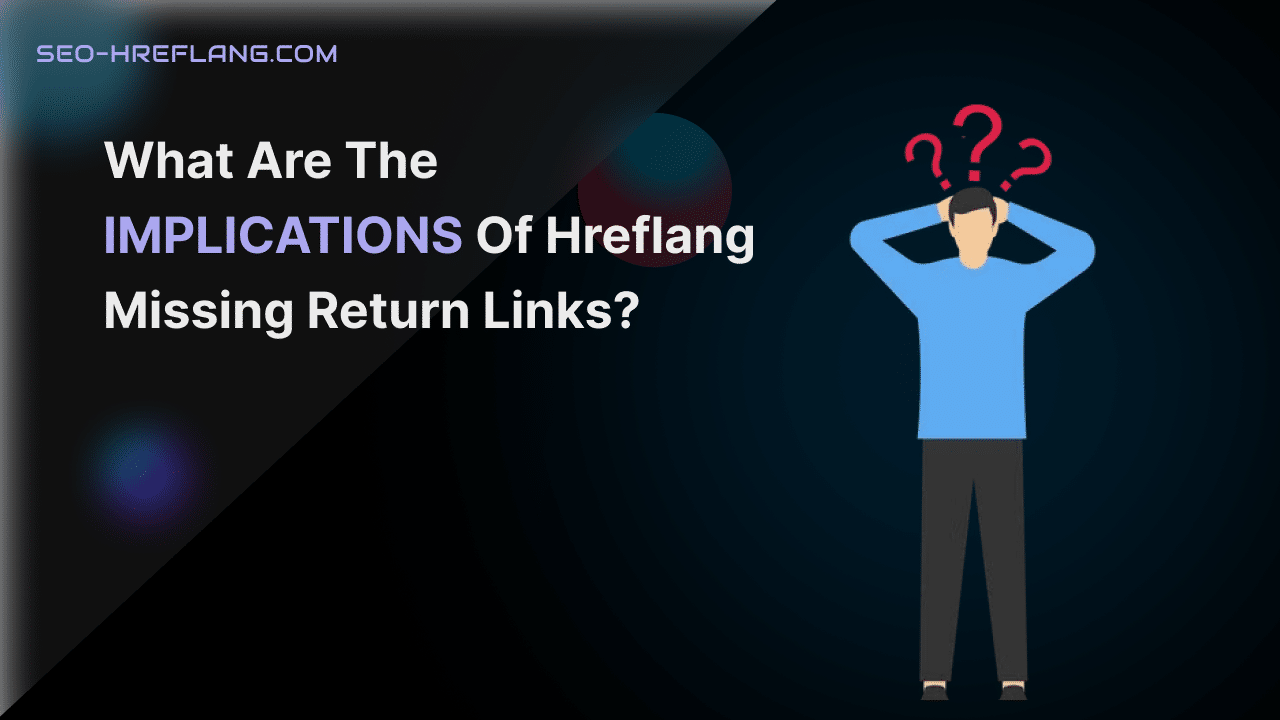Discover the power of hreflang tags for multilingual SEO and learn how the SEO Hreflang Customizer plugin can help you succeed. Optimize your website for international audiences and improve your search engine visibility with this essential technique. Read on to learn more.
As the world becomes more connected and businesses expand their reach to international markets, the importance of multilingual SEO cannot be understated. Optimizing your website for multiple languages and regions can help you tap into new audiences, increase your global reach, and grow your business.
One crucial aspect of multilingual SEO is the use of Power of Hreflang tags. These tags help search engines understand the language and geographic targeting of your website’s pages. When search engines can correctly identify the language and region of your content, they can present your website to the right audience and improve your visibility in search results.
What Are Hreflang Tags?
Hreflang tags are HTML attributes used to signal to search engines the language and regional targeting of webpages. These tags provide information about alternate versions of a webpage available in different languages or for specific geographic regions. Hreflang tags help search engines understand which version of a page to display in search results based on the user’s language and location preferences.
Hreflang tags are typically implemented in the head section of an HTML document using the “link” element with the “rel” attribute set to “alternate” and the “hreflang” attribute specifying the language or language-region code.
The most common format for hreflang tags is:
<link rel="alternate" hreflang="language_code" href="URL_of_alternate_page">Here, “language_code” represents the language or language-region code, such as “en” for English or “en-us” for English spoken in the United States. “URL_of_alternate_page” is the URL of the corresponding alternate version of the page in the specified language or region.
Multiple hreflang tags can be included on a page to indicate alternate versions available in different languages or regions.
For example, a webpage may have hreflang tags for English (en), Spanish (es), and French (fr) versions:
<link rel="alternate" hreflang="en" href="https://example.com/page">
<link rel="alternate" hreflang="es" href="https://example.com/es/page">
<link rel="alternate" hreflang="fr" href="https://example.com/fr/page">Hreflang tags can be used for various scenarios, including:
- Multilingual Websites: Websites offering content in multiple languages can use hreflang tags to specify alternate versions of each page for different language speakers.
- Multiregional Websites: Websites targeting different regions with variations in language or content can use hreflang tags to indicate alternate versions for specific geographic regions.
- Multilingual and Multiregional Websites: Websites with combinations of language and regional variations can utilize hreflang tags to specify alternate versions for different language and region combinations.
Hreflang tags play a crucial role in international SEO by helping search engines understand and serve the most relevant version of a page to users based on their language and location preferences. Implementing hreflang tags correctly can improve search engine visibility, user experience, and the targeting of international audiences.
Why Are Power of Hreflang Tags Important for Multilingual SEO?
Hreflang tags are essential for multilingual SEO because they enable search engines to understand the language and regional targeting of webpages. By implementing hreflang tags correctly, website owners can ensure that the appropriate version of their content is served to users based on their language preferences and geographic location.
Here are several reasons why the power of hreflang tags is crucial for multilingual SEO:
- Accurate Language Targeting: Multilingual websites often have different language versions of their content, targeting users who speak different languages. Hreflang tags allow search engines to identify and serve the correct language version of a webpage to users searching in a specific language. This precision in language targeting improves user experience and ensures that visitors can access content in their preferred language.
- Regional Targeting: In addition to language variations, multilingual websites may also have regional adaptations of their content. For example, a global e-commerce website may have specific versions for different countries or regions. Hreflang tags enable search engines to understand these regional variations and serve the most relevant content to users based on their geographic location. This targeted approach enhances localization efforts and helps businesses connect with specific regional audiences effectively.
- Avoiding Duplicate Content Issues: Multilingual websites often face the challenge of duplicate content. Without hreflang tags, search engines may view different language versions of a webpage as duplicate content, leading to ranking dilution or even penalties. Hreflang tags signal to search engines that the various language versions of a page are intended for different audiences and should not be treated as duplicate content. By implementing hreflang tags, website owners can ensure that each language version is indexed and ranked appropriately, avoiding duplicate content issues.
- Improving Search Engine Visibility: By accurately targeting language and regional audiences, hreflang tags enhance a website’s search engine visibility in different markets. When search engines understand the relevance of each language version, they can rank the appropriate version higher in the search results for users searching in that language or region. This improved visibility increases the chances of attracting organic traffic from specific language-speaking or region-specific user segments.
- Enhancing User Experience: Hreflang tags play a significant role in improving user experience for multilingual website visitors. By presenting content in their preferred language and region, users can easily navigate and consume information. This personalized experience increases engagement, reduces bounce rates, and encourages users to stay longer on the website. Positive user experience metrics can indirectly impact search engine rankings, further reinforcing the importance of hreflang tags.
- Supporting International SEO Strategies: For businesses targeting global markets, multilingual SEO is essential. Hreflang tags form a foundational element of international SEO strategies by enabling precise language and regional targeting. They help businesses expand their reach, connect with diverse audiences, and drive relevant organic traffic from different countries and language communities. Hreflang tags work in conjunction with other international SEO techniques to create a comprehensive strategy for global online visibility and success.
In conclusion, hreflang tags are vital for multilingual SEO as they facilitate accurate language and regional targeting, prevent duplicate content issues, improve search engine visibility, enhance user experience, and support international SEO strategies. By implementing hreflang tags correctly, website owners can unlock the power of multilingual SEO and effectively reach and engage with their global audience.
How the SEO Hreflang Customizer Plugin Can Help!
The SEO Hreflang Customizer plugin is a powerful tool designed to simplify the implementation and management of hreflang tags for websites. By leveraging the features and functionalities offered by this plugin, website owners can ensure accurate targeting of language and regional audiences, improve international SEO performance, and enhance user experience.
Here are several ways in which the SEO Hreflang Customizer plugin can help:
- Streamlined Hreflang Tag Generation: The plugin automates the process of generating hreflang tags, saving website owners significant time and effort. It eliminates the need for manual coding, reducing the risk of errors and ensuring consistent and accurate implementation across webpages.
- Flexible Customization Options: The SEO Hreflang Customizer plugin provides a range of customization options to cater to different website scenarios. It allows users to define language and regional variations, handle multilingual and multiregional content, and address country-specific languages and dialects. This flexibility ensures precise targeting and optimal user experience.
- Integration with Content Management Systems (CMS): The plugin seamlessly integrates with popular CMS platforms like WordPress, Magento, Shopify, Drupal, and Joomla. This compatibility makes it easy for website owners to install and use the plugin without requiring extensive technical knowledge or coding skills.
- Bulk Editing and Updating: The SEO Hreflang Customizer plugin enables bulk editing and updating of hreflang tags across multiple pages or sections of a website. This feature is particularly useful for large websites with extensive multilingual or multiregional content, allowing efficient management and maintenance of hreflang annotations.
- Validation and Debugging Tools: The plugin includes built-in validation and debugging tools to ensure the correctness of hreflang tag implementation. It helps identify and resolve common errors, such as incorrect language codes or missing alternate URLs, minimizing the risk of flawed targeting and search engine penalties.
- Monitoring and Reporting: The SEO Hreflang Customizer plugin offers monitoring and reporting capabilities to track the performance of hreflang tags. Website owners can assess the impact of hreflang implementation on organic traffic, rankings, and user engagement. This data allows for ongoing optimization and refinement of hreflang strategies.
- Future Updates and Compliance: The plugin stays up-to-date with evolving search engine guidelines and industry standards for hreflang tags. It provides regular updates to ensure compliance with best practices and algorithm changes, safeguarding the effectiveness of international SEO efforts.
By utilizing the SEO Hreflang Customizer plugin, website owners can effectively manage and optimize their hreflang tags, resulting in improved international SEO performance, increased organic traffic, and enhanced user satisfaction. It empowers businesses to expand their reach in global markets and maximize their online presence across language and regional boundaries.





